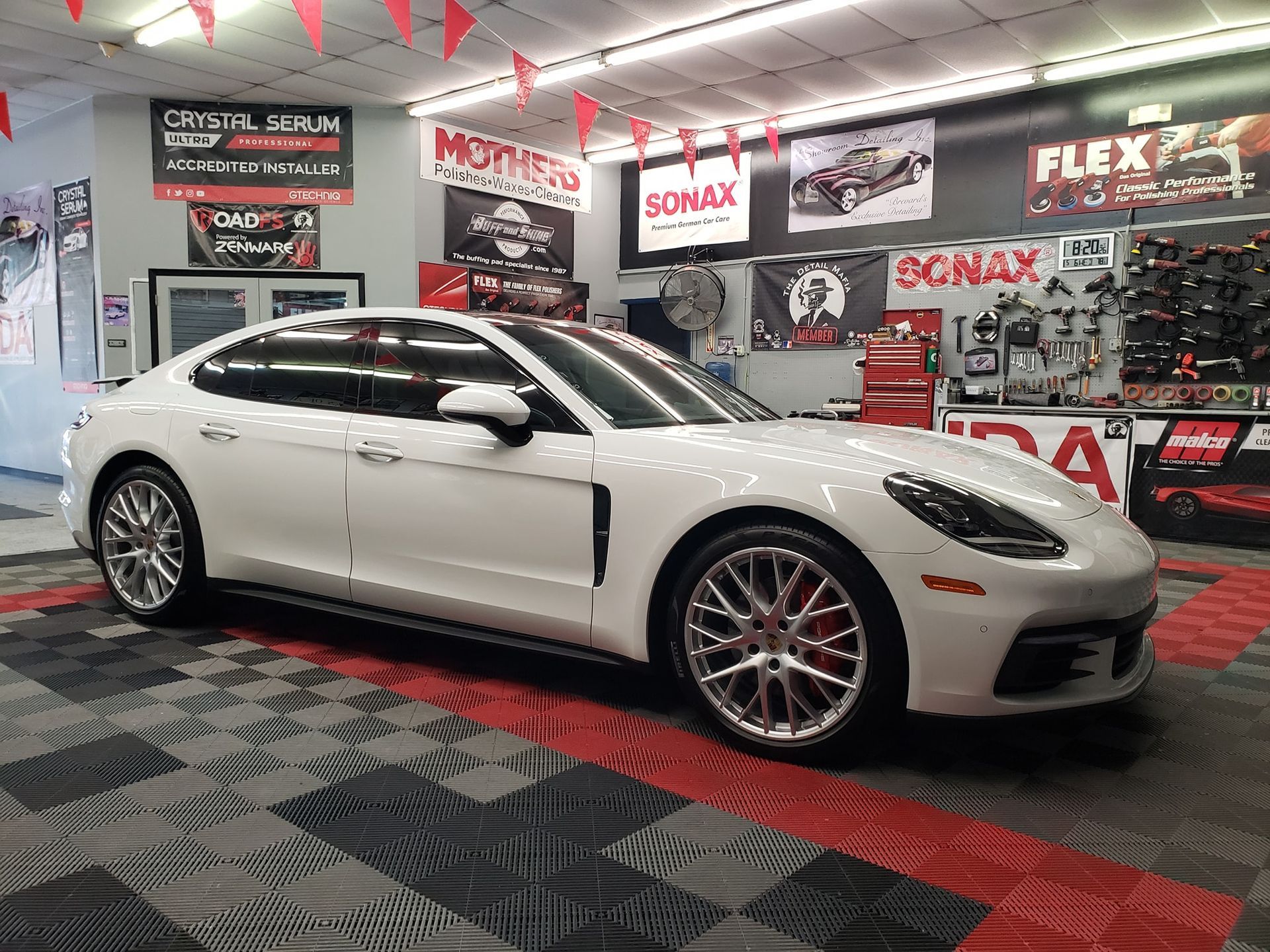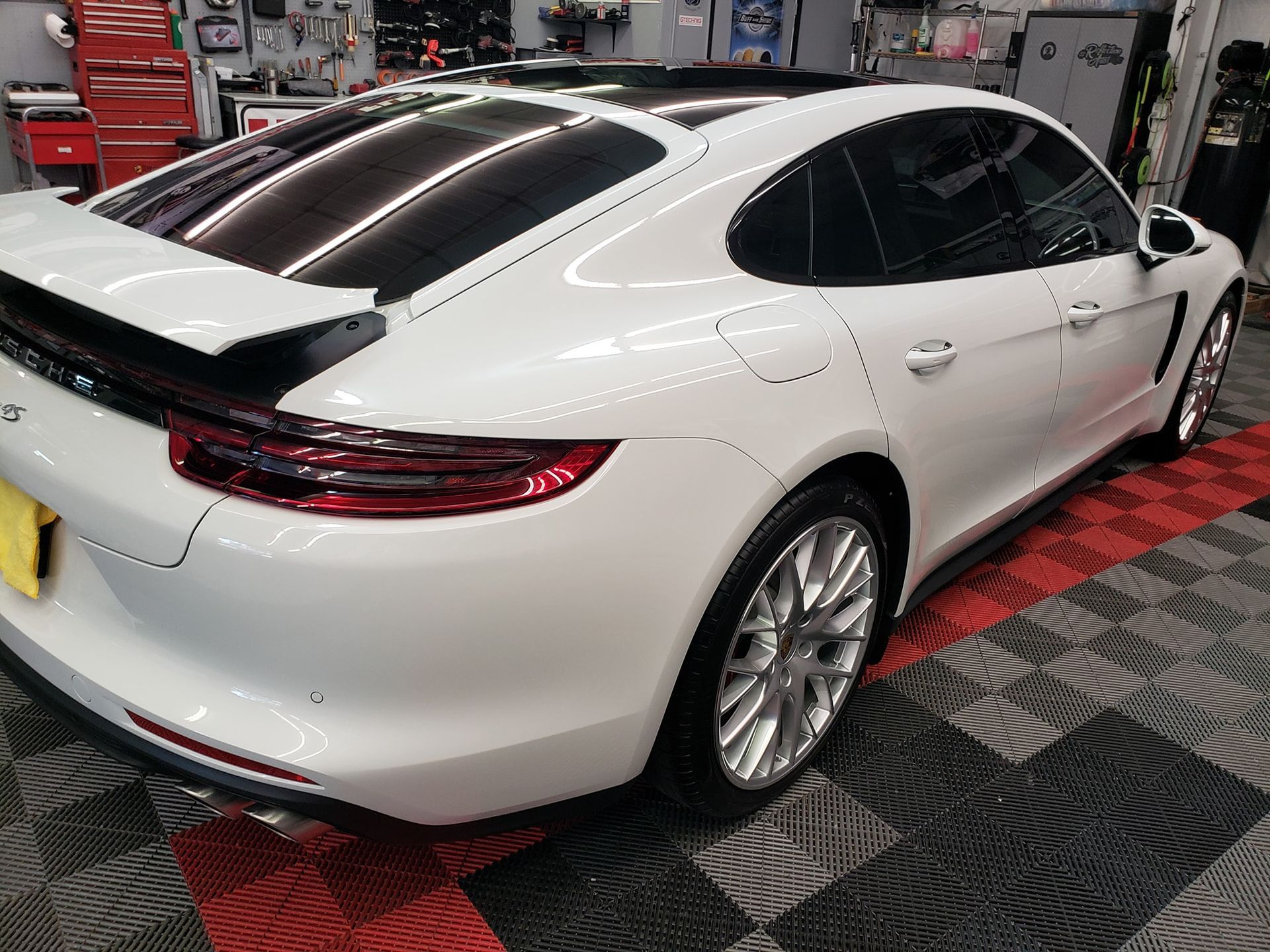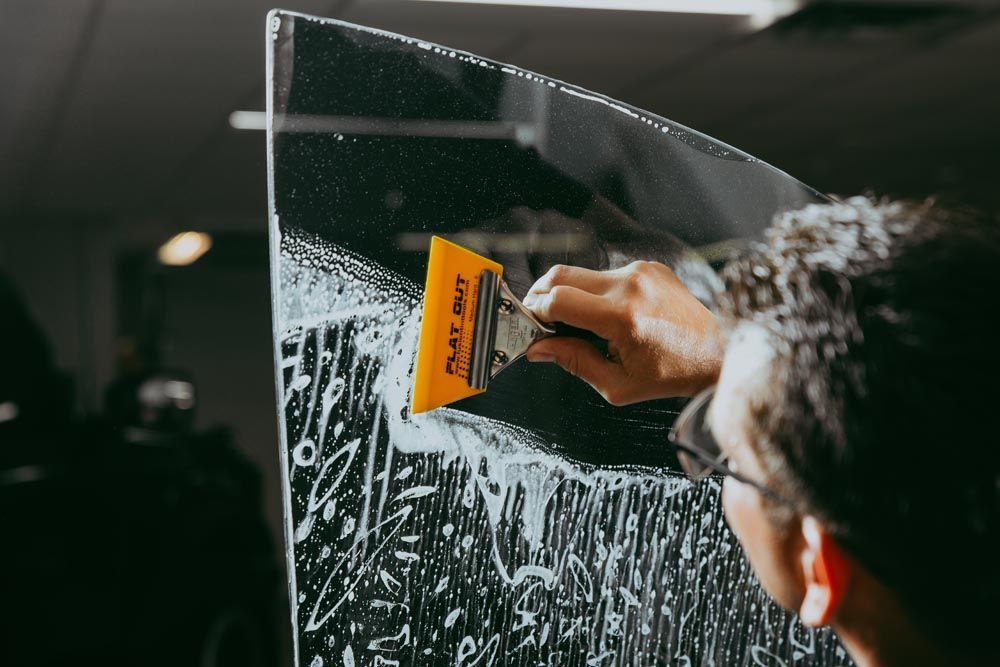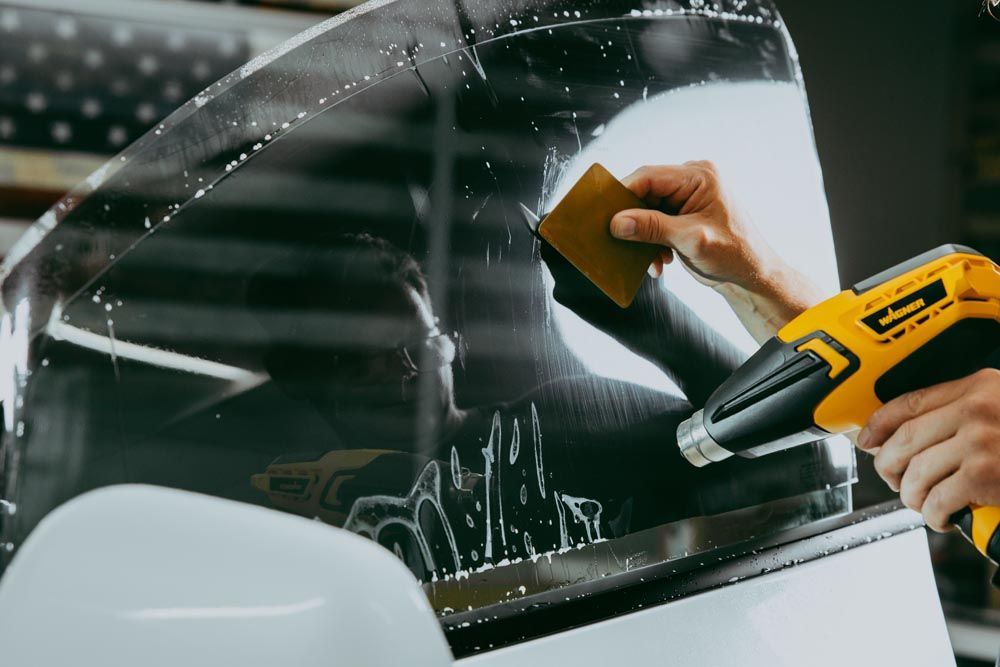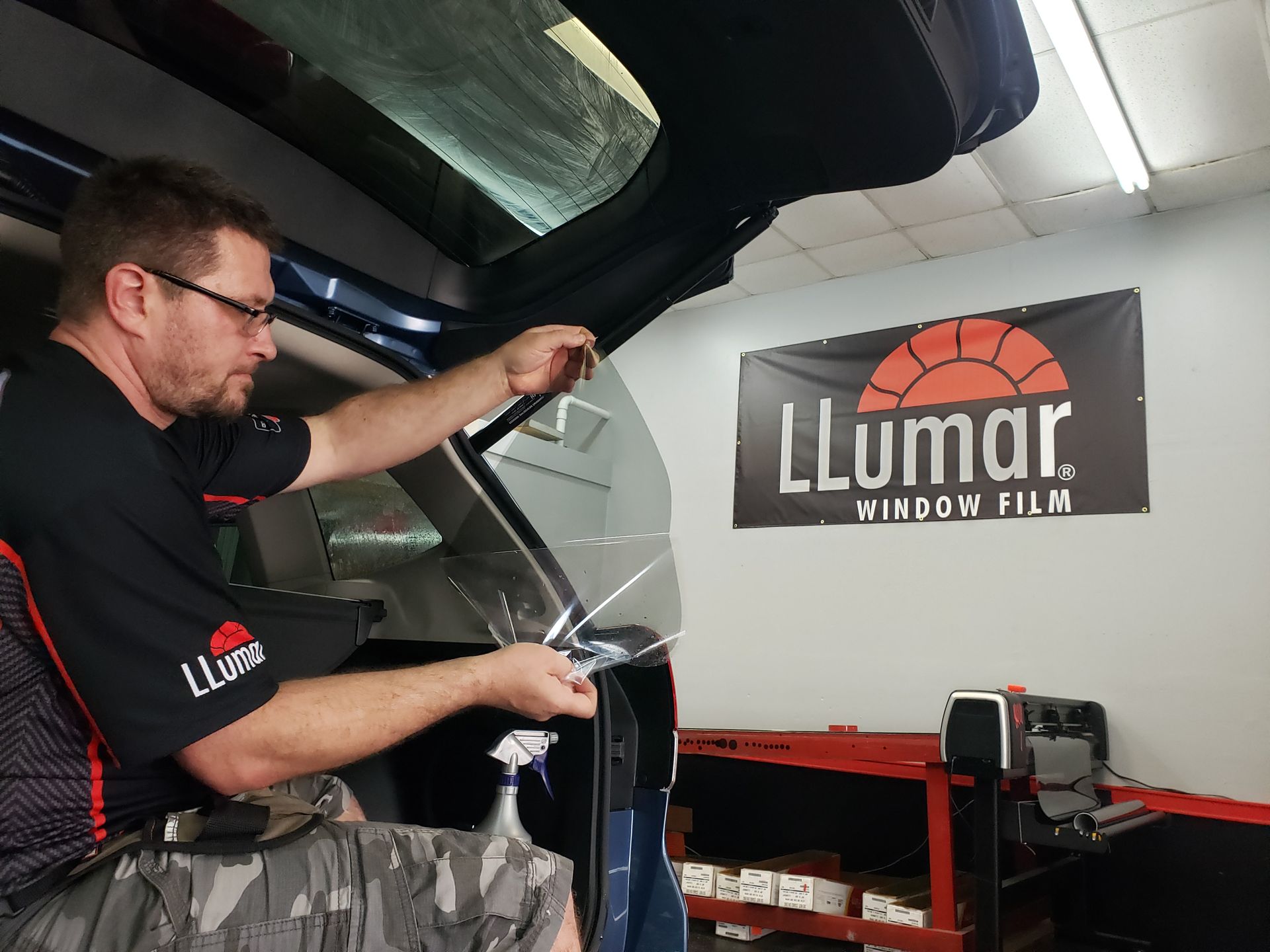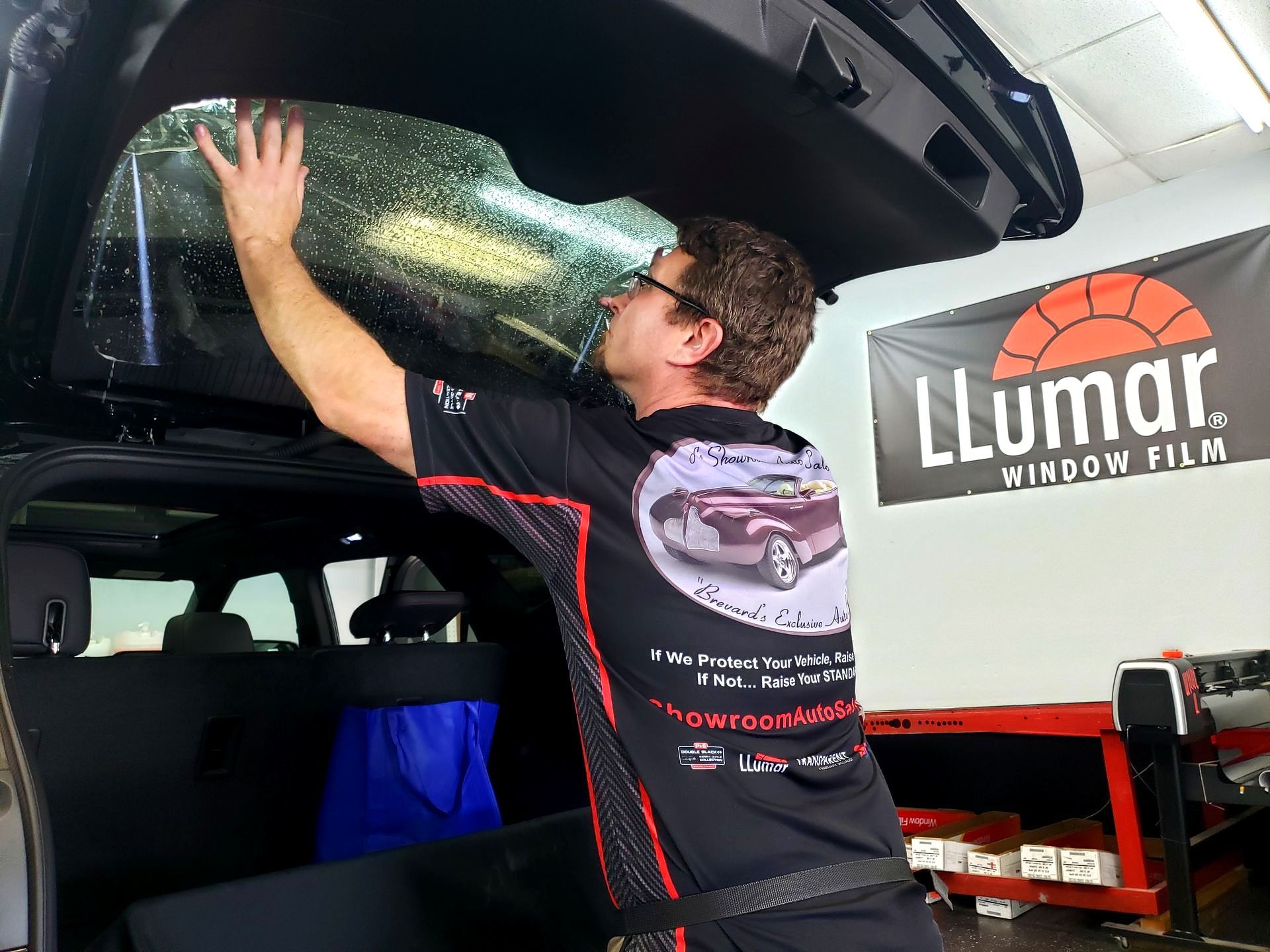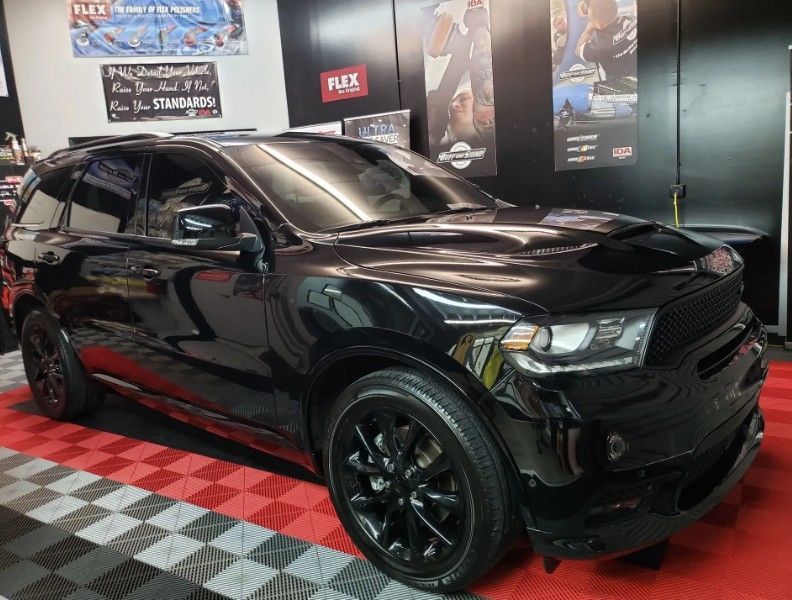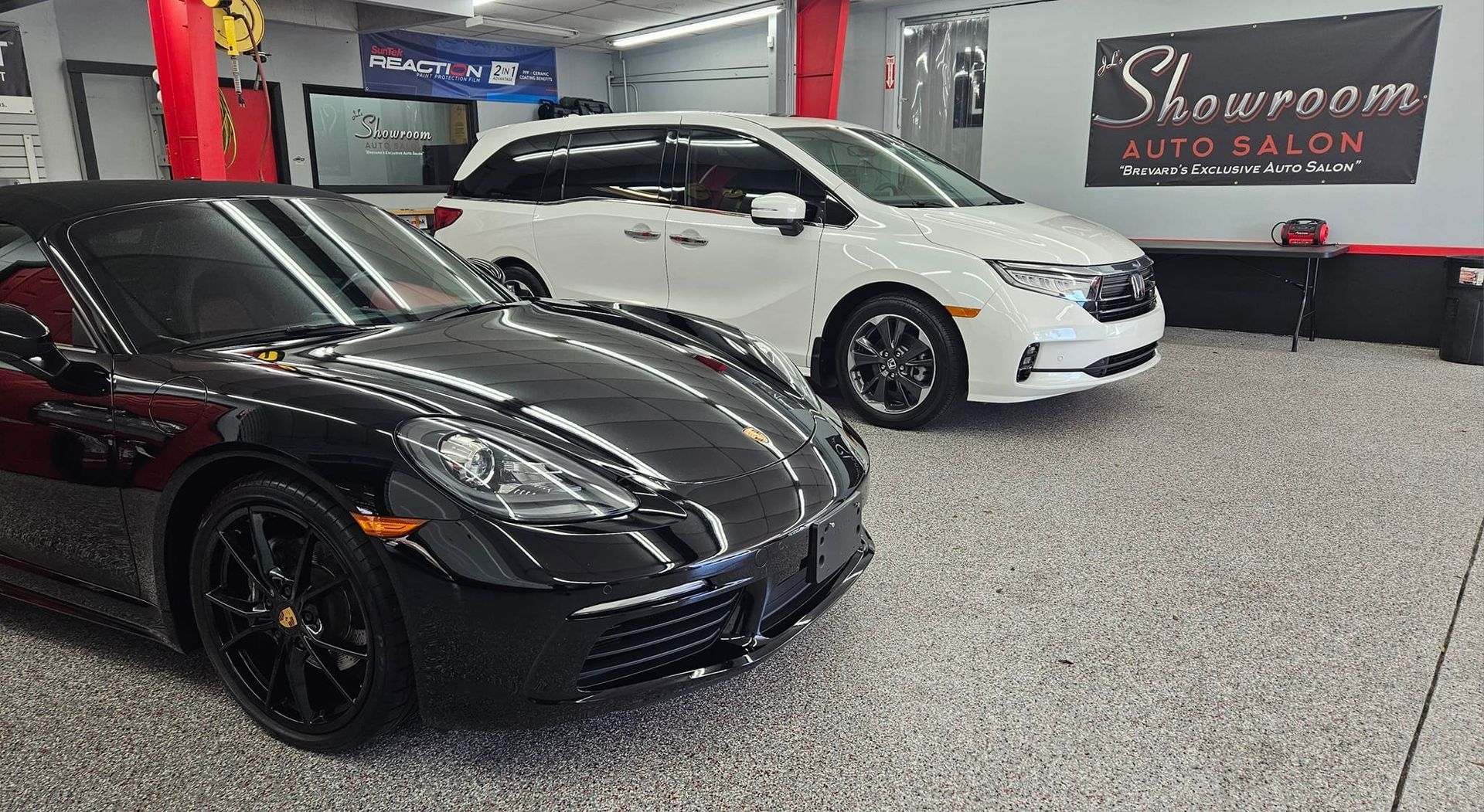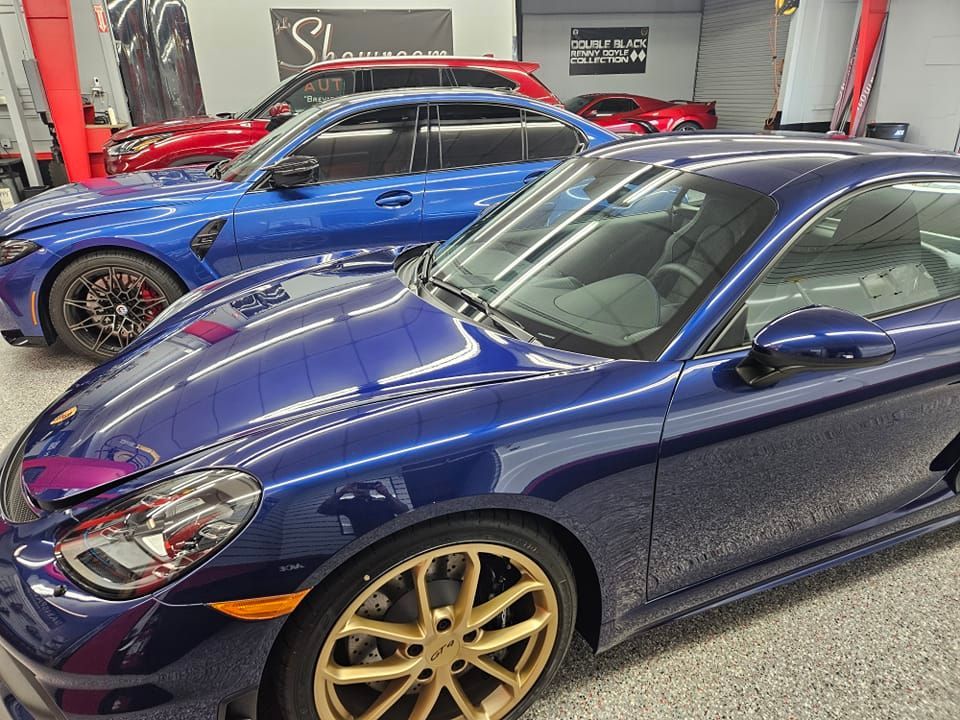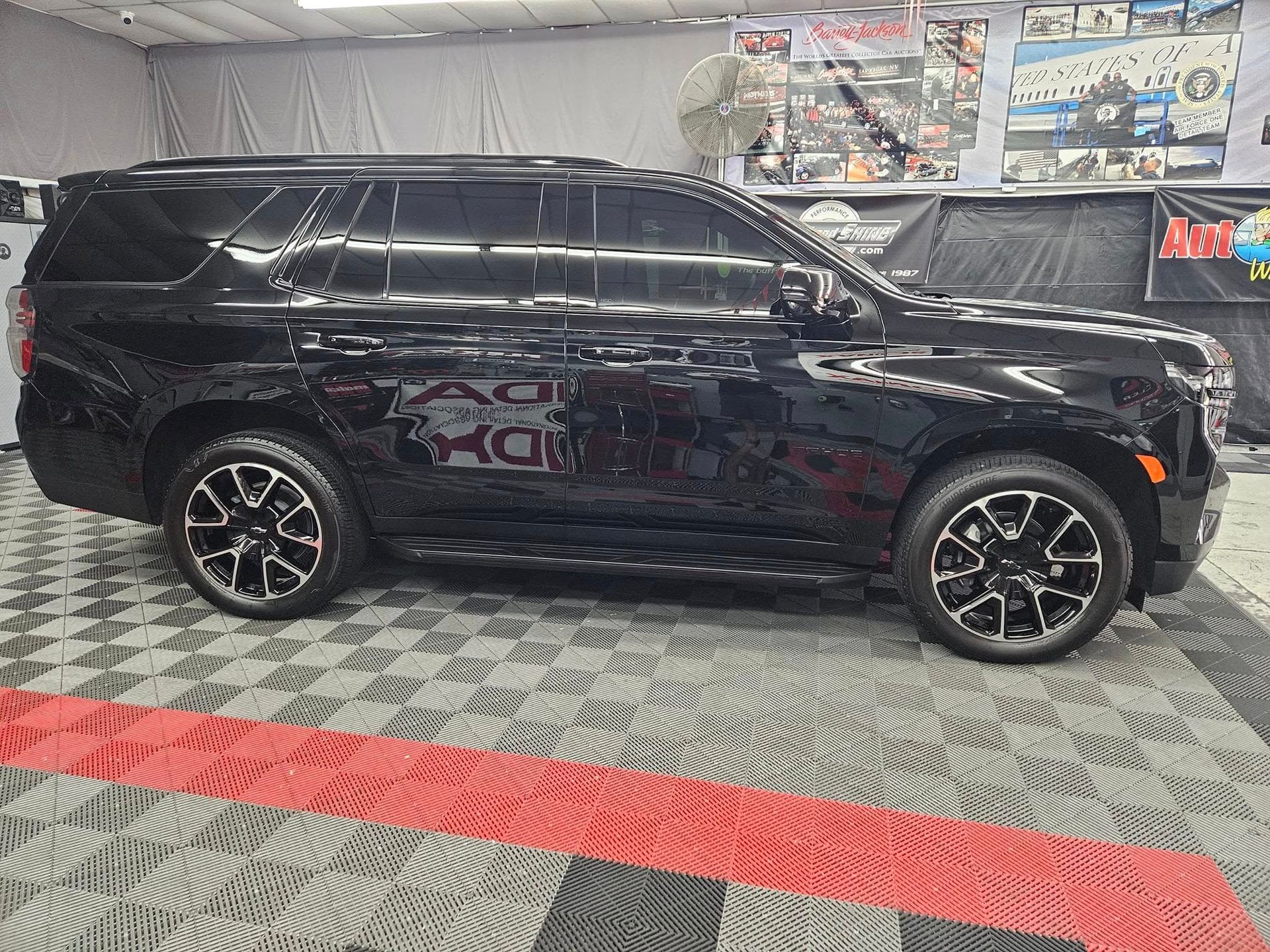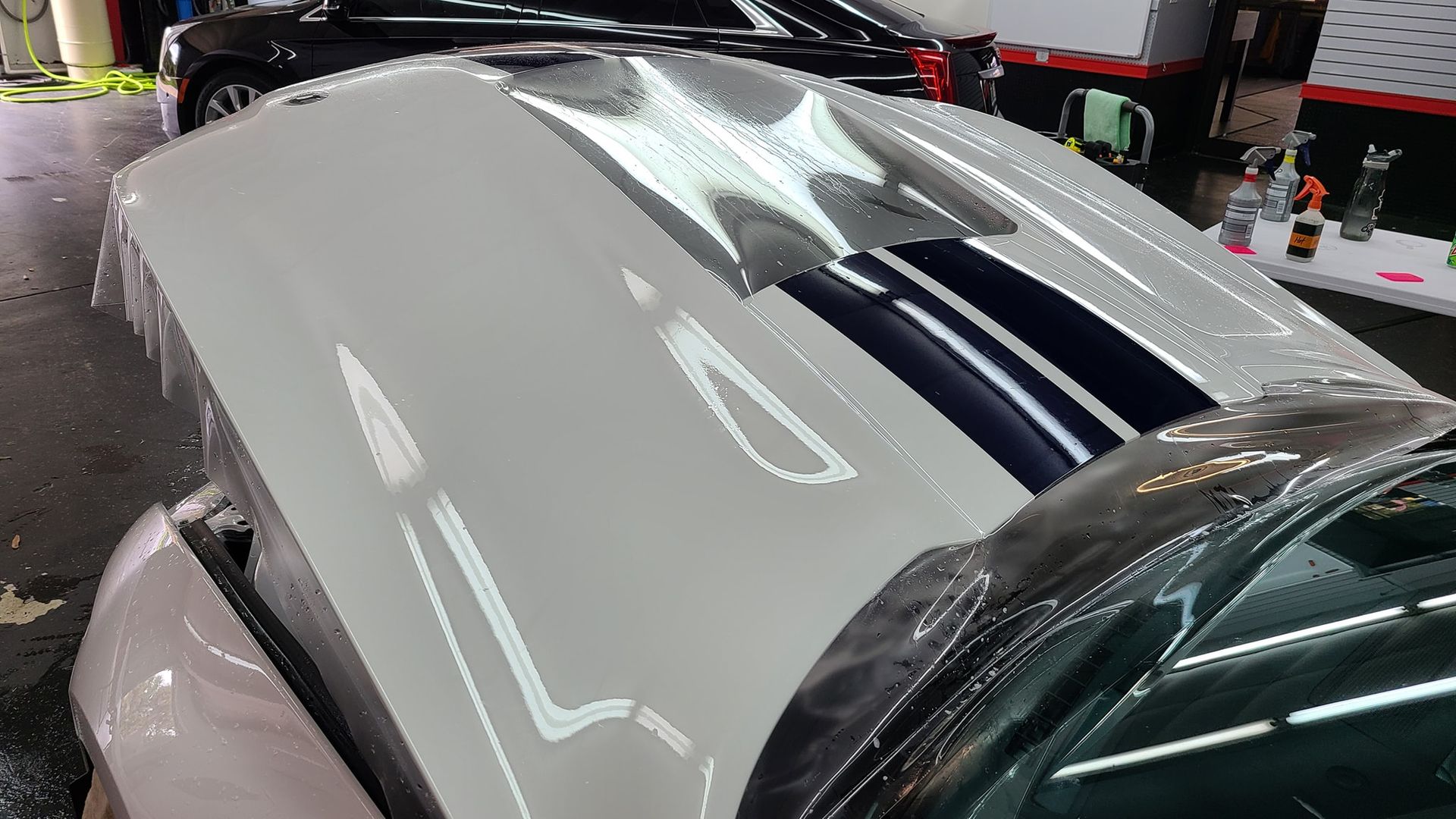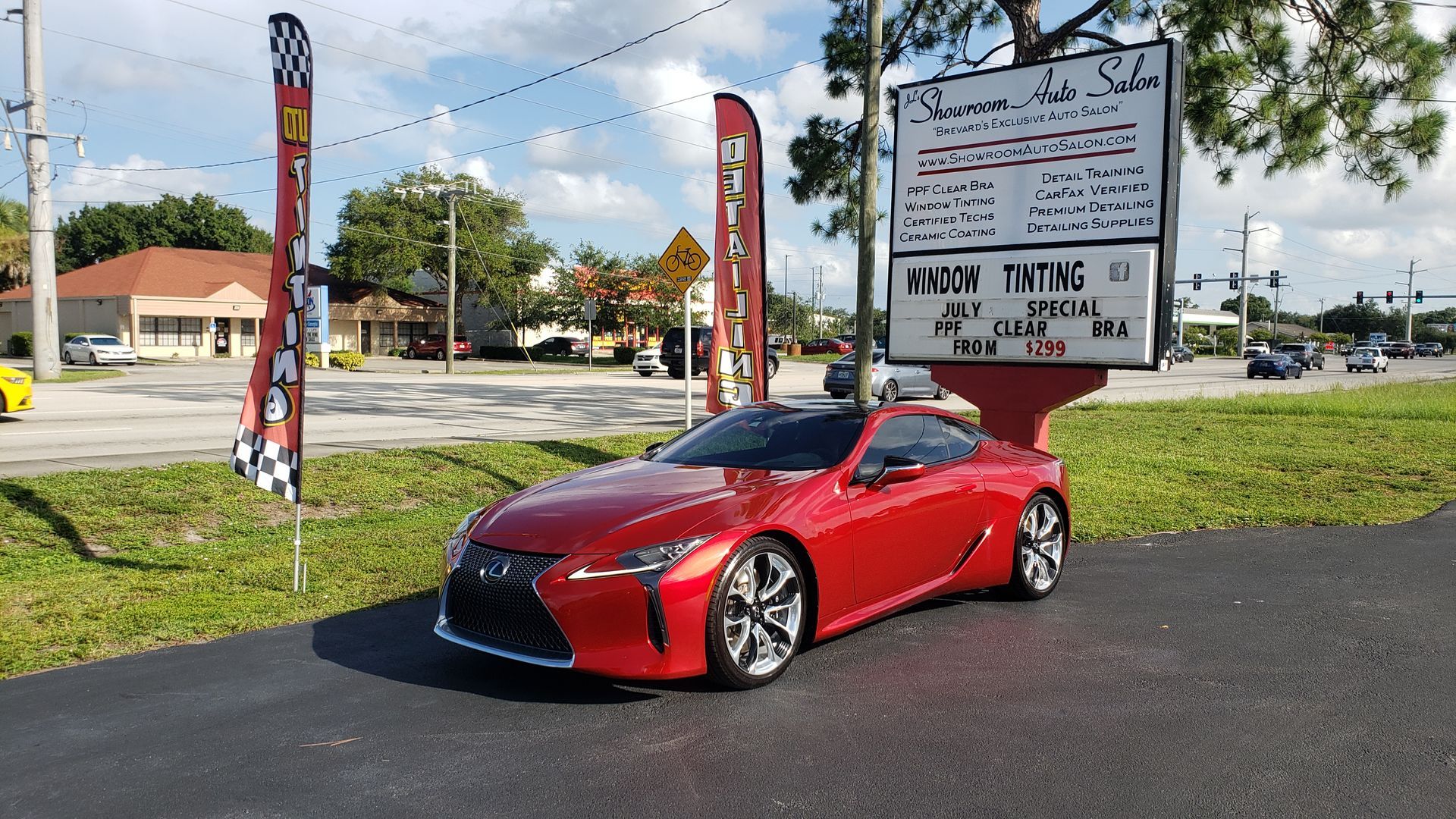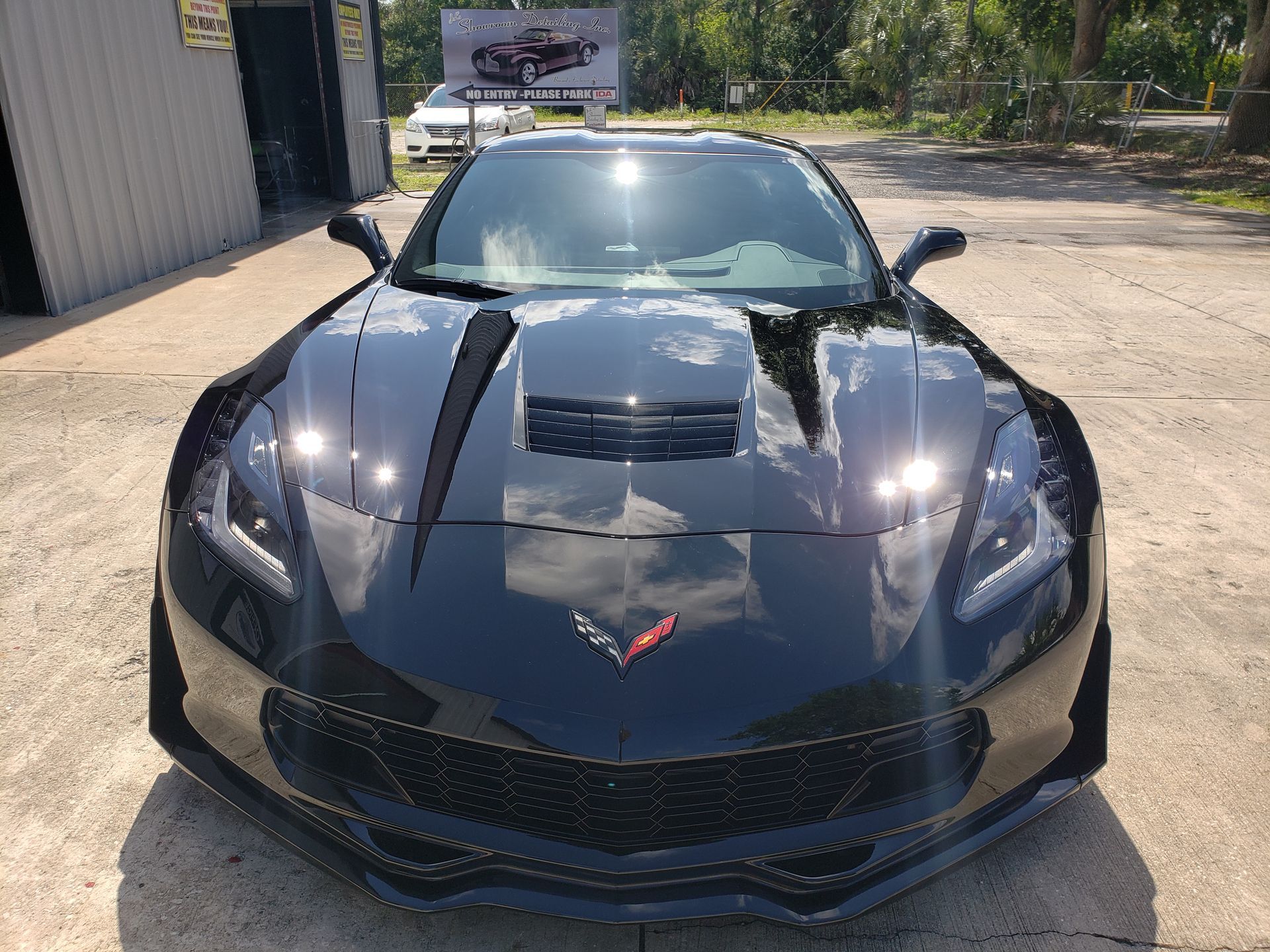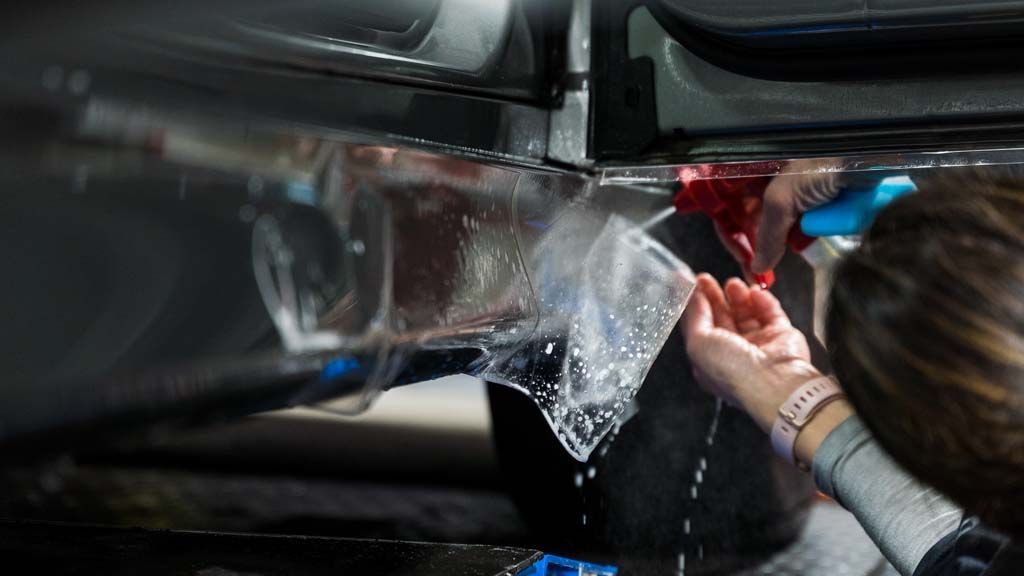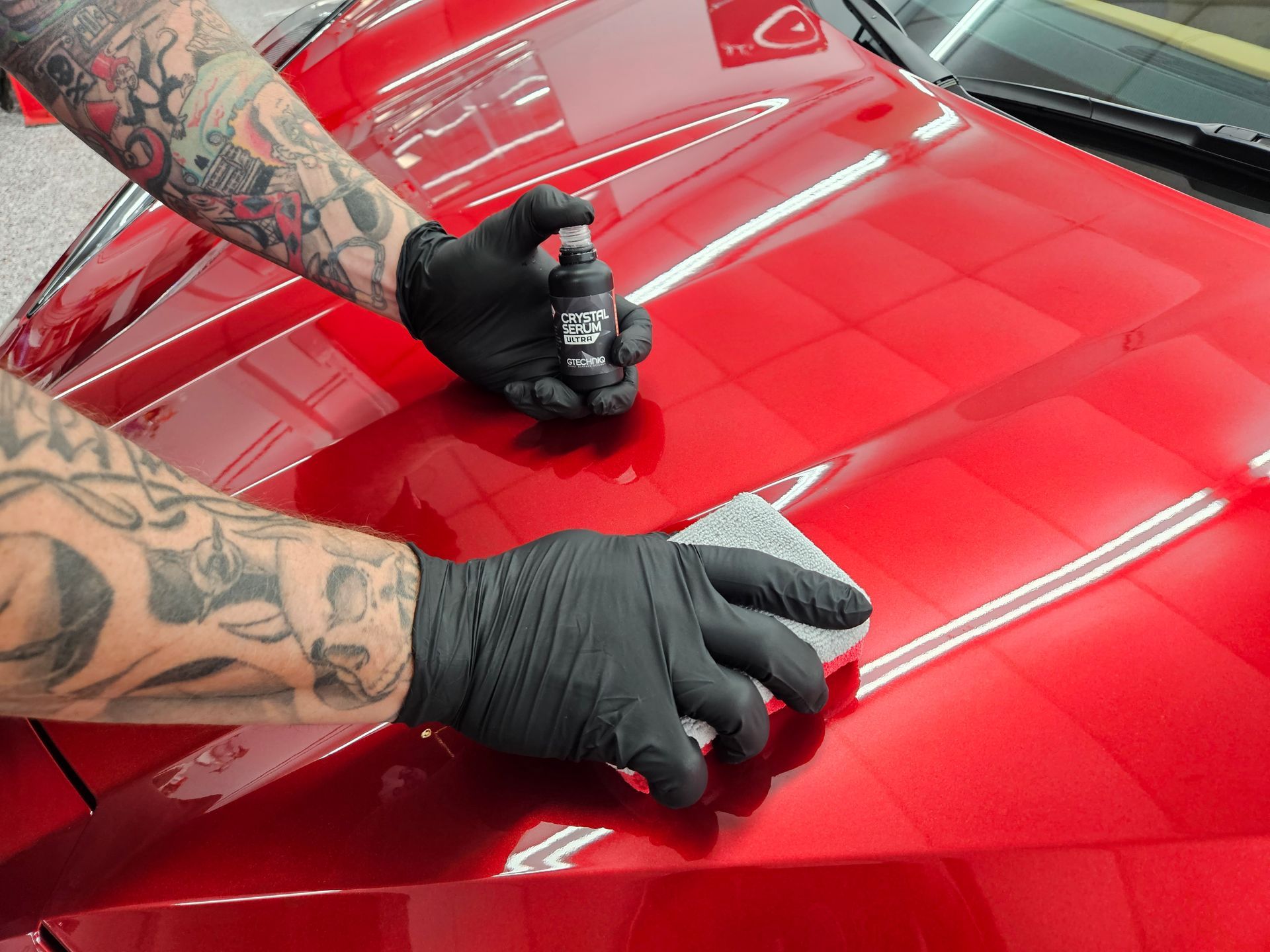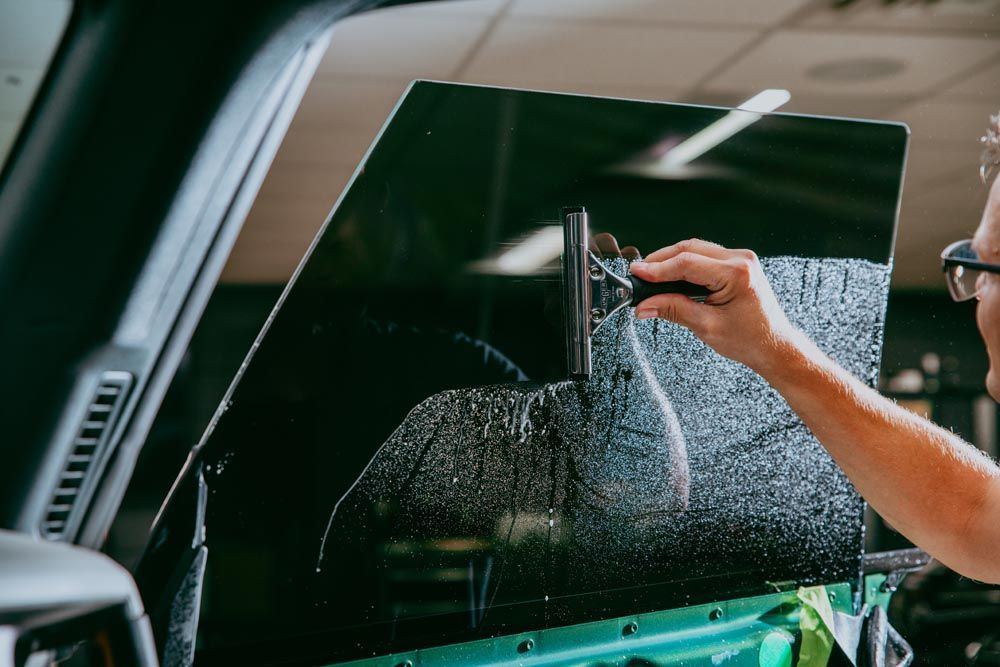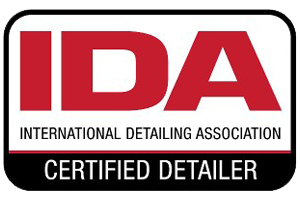Auto Window Tinting and Its Heat-Reducing Properties: Improve Comfort and UV Protection
Auto window tinting isn't just a style choice; it's a game-changer for anyone who spends time behind the wheel. Have you ever jumped into your car on a hot day only to feel like you've stepped into an oven? That uncomfortable, sweaty sensation can be easily alleviated with the right window film. Not only does tinting enhance your driving experience by keeping temperatures down, but it also protects you from harmful UV rays that can cause skin damage and fade your car’s interior.
Auto window tinting reduces heat in vehicles by using specialized films that block or reflect infrared radiation, consequently limiting the amount of heat that enters the vehicle. High-quality tints can significantly lower interior temperatures, enhancing comfort and protecting vehicle interiors from damage caused by excessive heat exposure.
The Science Behind Auto Tinting
At the heart of auto window tinting lies a process that involves applying a specialized thin film to the glass surface of vehicles. This film is crafted from advanced materials such as metals, dyes, and ceramics designed specifically to manipulate incoming light waves. The magic happens when these components work together to filter light, significantly reducing both heat and glare.
Understanding how these materials interact with sunlight is crucial. For instance, while the film blocks visible light to create a shaded environment, it also allows for varying degrees of transparency, enabling you to maintain visibility without sacrificing comfort. One of the most compelling attributes of high-quality window tinting films is their ability to block infrared light, which is the primary source of heat entering the vehicle. Premium tints can reject up to 85% of this infrared radiation. This means that on sweltering days, your car's interior can remain notably cooler, making for a more comfortable ride.
Selecting the right type of film involves balancing aesthetics with functionality. Some drivers may prioritize looks and choose darker tints for privacy, while others opt for lighter solutions that offer better visibility at night without compromising heat reduction during the day. Grasping the scientific principles behind auto window tinting enables you to appreciate how this simple upgrade can elevate your driving experience by enhancing comfort and safeguarding against harmful UV rays.
Benefits of Auto Window Tinting
Auto window tinting offers significant benefits, from enhancing comfort and energy efficiency to protecting your skin and vehicle interiors. Here’s a breakdown of the key advantages, detailing how window tinting can make a meaningful difference for drivers in hot climates and beyond.
- Temperature Control: Auto window tinting effectively reduces interior temperatures by blocking out infrared rays. For example, in high-heat areas like Florida, auto window tints prevent cabin temperatures from rising to unbearable levels. This not only enhances comfort but also makes getting into your car a more pleasant experience.
- Efficient Heat Rejection: High-quality tints, such as ceramic films, can block up to 98% of infrared radiation, minimizing heat buildup inside the vehicle. This keeps cabin temperatures moderate even when parked in direct sunlight, allowing for a cooler interior on scorching days. Passengers enjoy a more comfortable climate, even on lengthy drives under intense sunlight.
- Reduced Air Conditioning Use: With less heat entering the cabin, tinted windows allow drivers to rely less on air conditioning, which, in turn, saves fuel. This translates to more efficient energy use and can make a noticeable difference in gas consumption, especially during peak summer months. Over time, these energy savings add up, helping drivers save money on fuel.
- Enhanced Vehicle Aesthetics: Besides practical benefits, tinted windows give vehicles a sleek, modern appearance. A stylish black or charcoal auto window tint can elevate a vehicle’s look, complementing its design and lines. This aesthetic appeal adds value, making vehicles not only feel cooler but look cooler, too.
- UV Protection: Tinted windows provide up to 99% UV ray blockage, protecting both occupants and interiors from sun damage. UV rays can contribute to skin cancer and accelerate the fading and deterioration of car interiors, especially fabrics and leather. Tinting serves as a proactive defense, minimizing these harmful effects and extending the lifespan of your interior.
- Health and Safety Benefits: Frequent drivers are more exposed to UV rays, particularly on the left side, which has led to higher skin cancer rates on that side of the body. By reducing exposure, window tints help safeguard health and provide peace of mind for drivers. Preventing UV penetration also keeps materials from cracking, reducing costly repairs or replacements down the line.
- Investment Protection: Tinting protects the car’s interior, preserving its aesthetic appeal and potentially increasing resale value. Materials like leather remain intact and fade-free, helping maintain a newer appearance over time. By investing in quality window tints, owners preserve their vehicle's value and protect their interiors from daily wear and tear.
Auto window tinting provides more than just comfort; it offers practical benefits that improve driving efficiency, safety, and aesthetic appeal. For those considering window tinting, choosing high-quality materials is key to maximizing these advantages, as they offer superior UV and heat rejection. With the right tint, drivers can enjoy a cooler, safer, and more stylish ride that stands the test of time.
Types of Tinting Materials
When it comes to auto window tinting, the choice of material plays a significant role in determining not only appearance but also performance and effectiveness. Each film type offers distinct advantages suited to varied needs and preferences, making it crucial to explore these options thoroughly.
- Metallic Films: Metallic films are standout performers in the tinting game, as they incorporate tiny metal particles. This unique formulation grants them impressive heat rejection and UV blocking capabilities, keeping your car cool during those scorching summer months while protecting upholstery from sun damage. However, it's important to note that their metallic content can interfere with electronic signals, such as GPS or satellite radio. So, if you rely on these features for navigation or entertainment, this is something to consider before making your selection. Many drivers find they enjoy the benefits of metallic films in terms of thermal protection but might be disappointed by connectivity issues if they're heavy users of in-car technology.
- Dyed Films: On the other hand, you have dyed films, which are popular primarily for their affordability. Made from a layer of dye that absorbs heat, these films do provide decent heat reduction, but with an important caveat: their UV protection capabilities fall short compared to other advanced options. Dyed films tend to fade over time and may require replacement sooner than metallic or ceramic alternatives. However, for those on a budget seeking an effective way to reduce glare and enhance privacy without breaking the bank, dyed films can still be a worthwhile consideration. While dyed films serve basic needs effectively, investing in higher-quality options can yield long-term benefits and enhanced performance.
- Ceramic Films: Then there are ceramic films, often regarded as the crème de la crème in window tint technology. These high-performance tints utilize advanced nano-ceramic technology to block up to 85% of infrared light without any interference with electronic devices. This makes them incredibly effective at maintaining cabin temperature while allowing drivers to enjoy full functionality of their vehicle's built-in tech. Although ceramic films tend to be more expensive than both metallic and dyed options, many users find the investment worthwhile due to their durability and outstanding thermal efficiency. The initial cost may seem daunting; however, if you consider the benefits over time—like prolonged upholstery life and reduced air conditioning usage—the value quickly adds up.
As you weigh your options between these materials, consider how they align with your lifestyle and driving habits. There are also laws guiding what levels of tinting are acceptable depending on where you live, which is essential to keep in mind when deciding on your perfect window film choice.
Legal Regulations
In the United States, each state has specific guidelines governing the levels of window tinting permissible on vehicles. This legal framework is built not only to preserve safety but also to enhance visibility for law enforcement and other drivers. Understanding these regulations can mean the difference between a beautifully tinted vehicle and a costly fine or mandatory removal of tint. Failure to comply with these rules is not just a minor inconvenience; it can lead to hefty fines and regulatory challenges.
Imagine spending good money on what you believe is a fantastic upgrade for your vehicle, only to find yourself facing penalties instead of compliments. In many states, law enforcement officers are equipped to check the Visible Light Transmission (VLT) percentage during routine traffic stops. If your car's tint does not meet requirements—whether it's too dark on the front side windows or lacking necessary transparency for the windshield—you could find yourself in a tough spot.
Consequences of Non-Compliance
The consequences extend beyond just monetary fines. Drivers may also be ordered to return their vehicle to its original condition, incurring further expenses related to the removal and reinstallation of compliant window film. Furthermore, repeated violations can lead to more severe repercussions, including points on your driving record or even insurance implications. Therefore, always verify your local laws regarding both VLT percentages before making any alterations to your car’s windows. It takes just a little research beforehand but saves you from potential headaches down the road.
Installation and Costs
Installing window tints can indeed be a hands-on project or something you leave to the professionals. For those considering a DIY approach, it can be tempting to save money by purchasing pre-cut tint kits, which typically range from $20 to $100 depending on the film quality. However, it requires precision and patience. The installation process isn’t just slapping on some film; it involves thoroughly preparing the windows, ensuring a clean surface, and carefully applying the tint without bubbles or wrinkles. Mistakes can lead to costly redos, so weigh the pros and cons carefully.
On the other hand, professional installation usually offers better longevity and peace of mind. When you hire a professional, you're not just paying for their labor—you’re also benefiting from their expertise. The average professional installation cost varies from $200 to $600, influenced by factors such as the type of tint you choose and how many windows are being tinted. While that initial cost might raise eyebrows, consider this: a quality tint not only enhances your vehicle's appearance but acts as a protective barrier against harmful UV rays. It can also significantly reduce the internal heat of your car during those sweltering summer months, making every trip more comfortable.
As you consider tinting your vehicle, it's advisable to reflect upon both short-term costs and long-term benefits. The proper tint won't just improve comfort; it can protect your interior from fading and wear over time—thus potentially increasing resale value. Evaluating your options carefully will lead you to make decisions that enhance comfort and offer protection from damaging UV rays for years to come.
Leading Window Tinting Services in Viera, FL
Enhance your vehicle’s style and comfort with JL’s Showroom Auto Salon, the
leading provider of window tinting services in Viera, FL. Our expert team uses premium films to reduce glare, block harmful UV rays, and keep your car’s interior cooler, all while adding a sleek, customized look. Whether for privacy, protection, or improved driving comfort, our window tinting solutions are tailored to meet your needs with precision and quality. Reach out today to discover how we can help improve your driving experience with professional tinting that lasts. Call us at (321) 723-6976 to get started!
